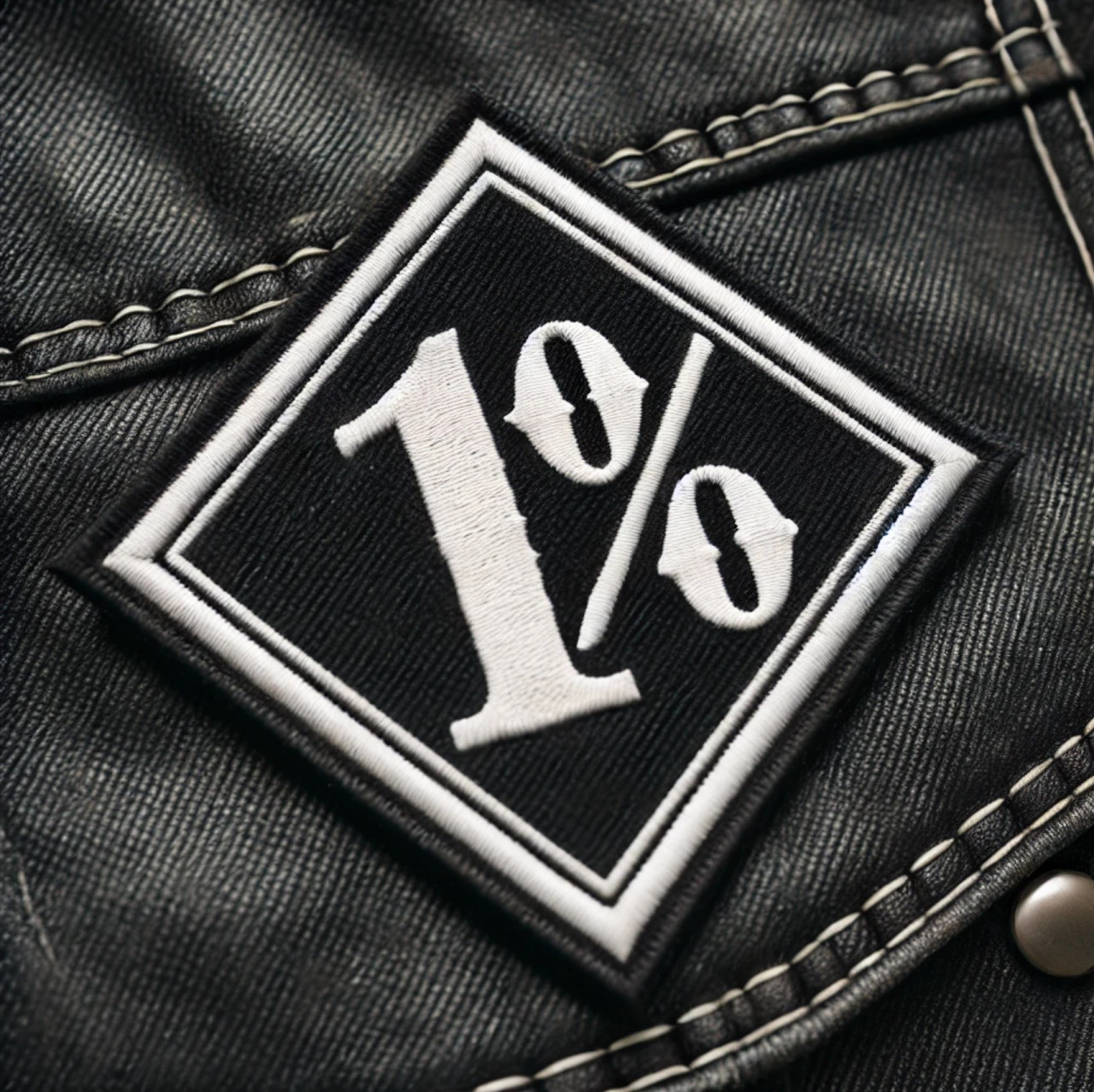The Rider Nation Blog
The Patches You Might Not Want on Your Vest: A Rider's Guide
I want to make a movie someday that involves the mistakes of a new rider's club that ignored or didn't know the rules of starting a club and the conflicts that arise. I've started the script and have the idea pretty fleshed out; who knows if I'll ever finish it? Many of you have heard me talk about the plot of the movie. The title would be "The Pack Riders Club." which is the name of my personal family group. It's almost like an internal joke, although we have a vest and patch. The vest I always wear is for the American Legion Riders Post 259 in Oneonta, NY, which I am the Director of. The initial conflict in my movie that starts the biker war is over a rider wearing the wrong patch on his vest and claiming territory.
When it comes to personalizing your motorcycle vest, patches play a significant role in showcasing your personality, affiliations, and the road you’ve traveled. However, not all patches are created equal. Some carry meanings and connotations that might not align with the image you want to project. Here's a deep dive into the patches you might want to avoid and a bit of history behind them.
-
Unauthorized Club Patches
- Why to Avoid: Wearing patches of clubs you're not a member of can be seen as disrespectful or even threatening. This includes both outlaw and social motorcycle clubs. Always ensure you have permission before donning any club insignia.
- History: Both outlaw and social motorcycle clubs have deep-rooted traditions and protocols. Club patches, also known as "colors," are sacred symbols of membership and loyalty. Unauthorized use is a serious breach of etiquette.
-
1% Patches
- Why to Avoid: The "1%" patch denotes affiliation with the outlaw biker lifestyle, which is said to represent the 1% of bikers who engage in criminal activities. Wearing this patch without being part of a club that endorses it could lead to serious confrontations.
- History: The term "one-percenter" originated after the 1947 Hollister riot, where the American Motorcyclist Association (AMA) allegedly stated that 99% of motorcyclists were law-abiding citizens, implying the remaining 1% were outlaws. The Hollister incident, often dramatized, marked a pivotal moment in the perception of motorcycle culture, leading to the formation of many outlaw motorcycle clubs that embraced the one-percenter identity.
-
Offensive Symbols
- Why to Avoid: Patches featuring symbols or language that could be deemed offensive (e.g., swastikas, racial slurs) can alienate others and damage your reputation within the riding community. While you are free to express yourself, these symbols can lead to negative interactions and conflicts.
- History: The motorcycling community is diverse. While some groups have used controversial symbols to project a rebellious image, modern bikers generally embrace a culture of respect and brotherhood.
-
Political and Controversial Statements
- Why to Avoid: Politics and personal beliefs can be polarizing. Patches that promote specific political ideologies or controversial issues might spark unwanted debates or conflicts, detracting from the joy of the ride.
- History: Motorcyclists have often been seen as rebels and free thinkers. Keeping your vest free from divisive statements helps maintain harmony within the riding fraternity.
The Evolution of Motorcycle Culture Motorcycle culture has a rich history that dates back over a century. The first motorcycles were created in the late 19th and early 20th centuries, with Harley-Davidson and Indian being among the earliest American manufacturers. These machines quickly became popular for their speed and mobility, attracting thrill-seekers and adventurers.
The culture around motorcycles evolved significantly after World War II. Many returning veterans, seeking the camaraderie and excitement they experienced during the war, turned to motorcycles. This era saw the rise of motorcycle clubs, with some choosing to rebel against societal norms. These clubs, known as outlaw motorcycle clubs, became a defining element of motorcycle culture.
Throughout the decades, motorcycles and their riders have been romanticized in films, literature, and media. Iconic movies like "The Wild One" and "Easy Rider" depicted bikers as modern-day cowboys, exploring themes of freedom, rebellion, and the open road.
Motorcycle culture is diverse today, encompassing everything from weekend warriors and adventure riders to vintage enthusiasts and racing aficionados. Despite this diversity, the core values of freedom, brotherhood, and a love for the ride remain constant.
Conclusion Choosing the right patches for your motorcycle vest is a personal decision that reflects your journey, values, and affiliations. By avoiding unauthorized club insignias, offensive symbols, and divisive statements, you can ensure your vest remains a positive representation of who you are as a rider. Remember, the road is open to all, and respect goes a long way in keeping the motorcycle community united and thriving.
Ride safe and ride smart!
Feel free to share your thoughts and experiences with patches in the comments below. What patches do you proudly display on your vest? What stories do they tell about your journey?

 How to resolve AdBlock issue?
How to resolve AdBlock issue?

